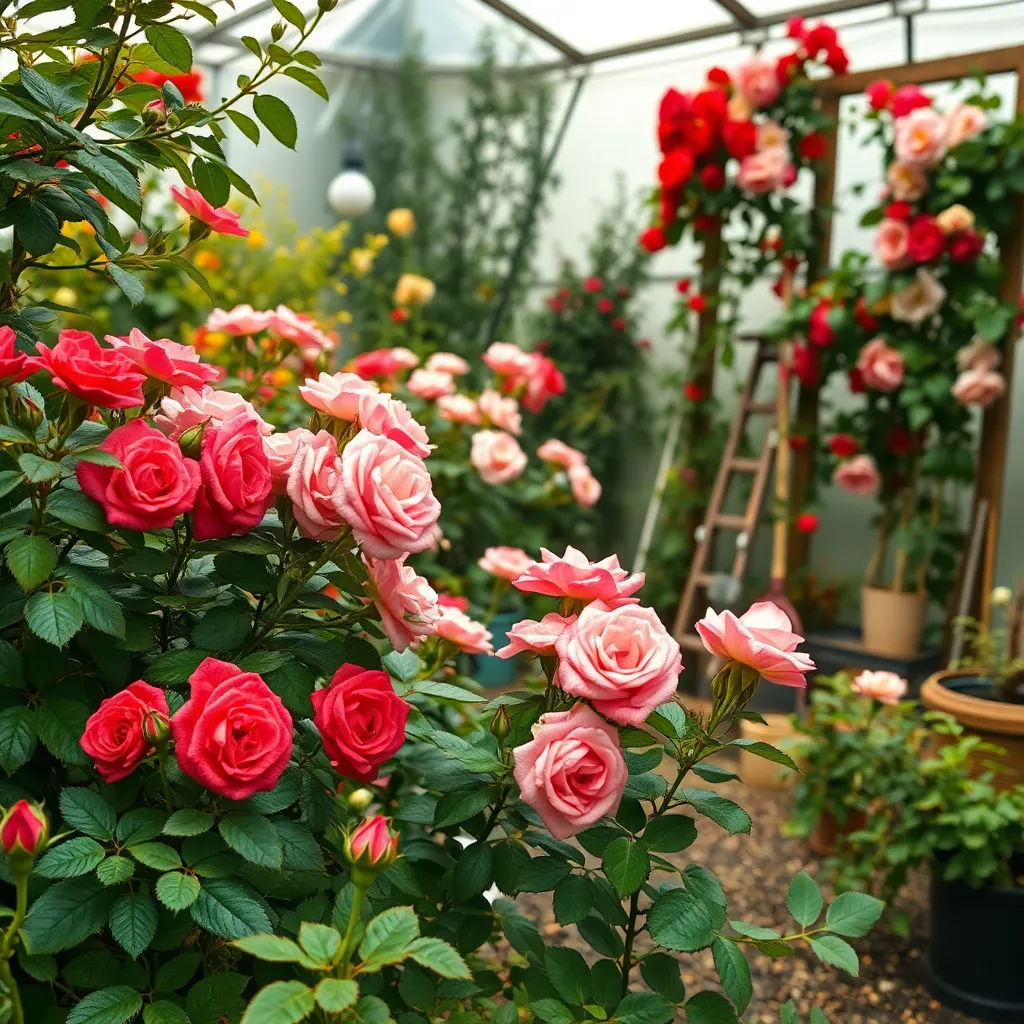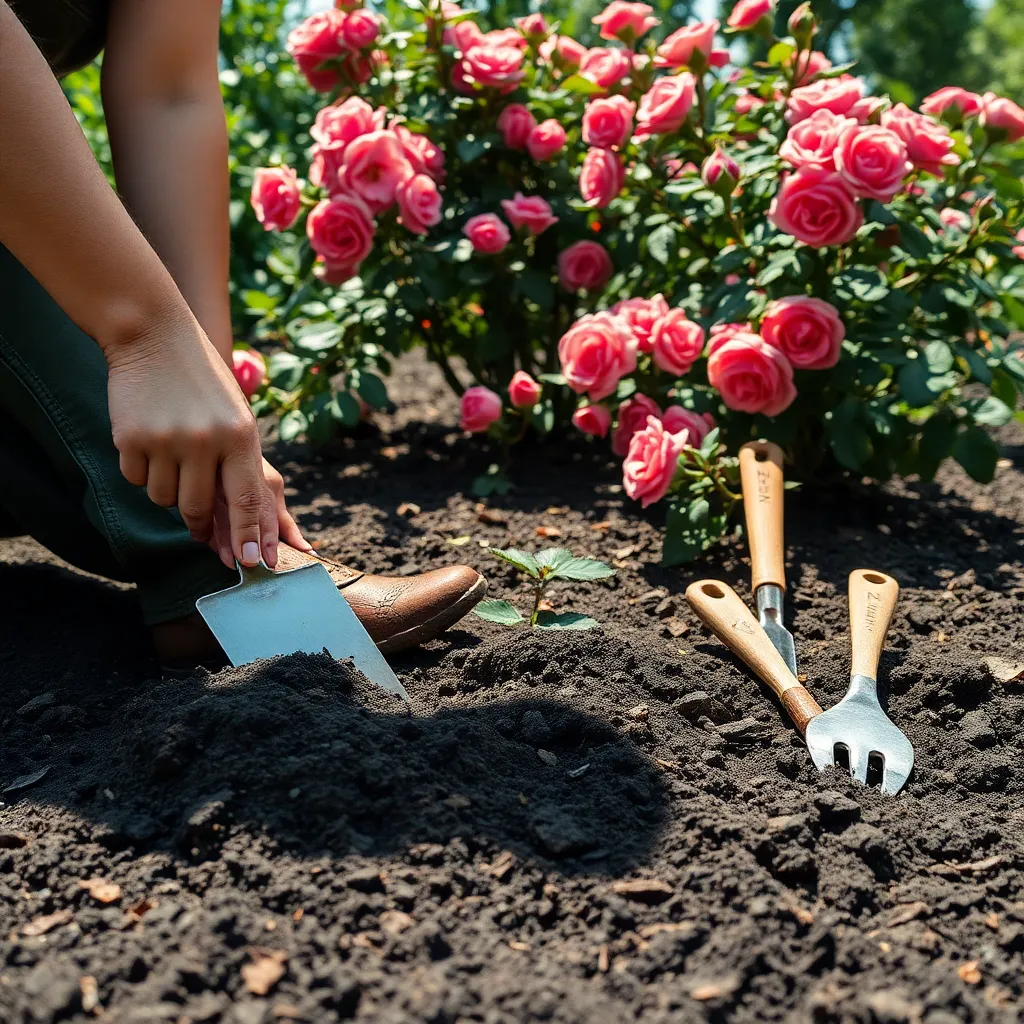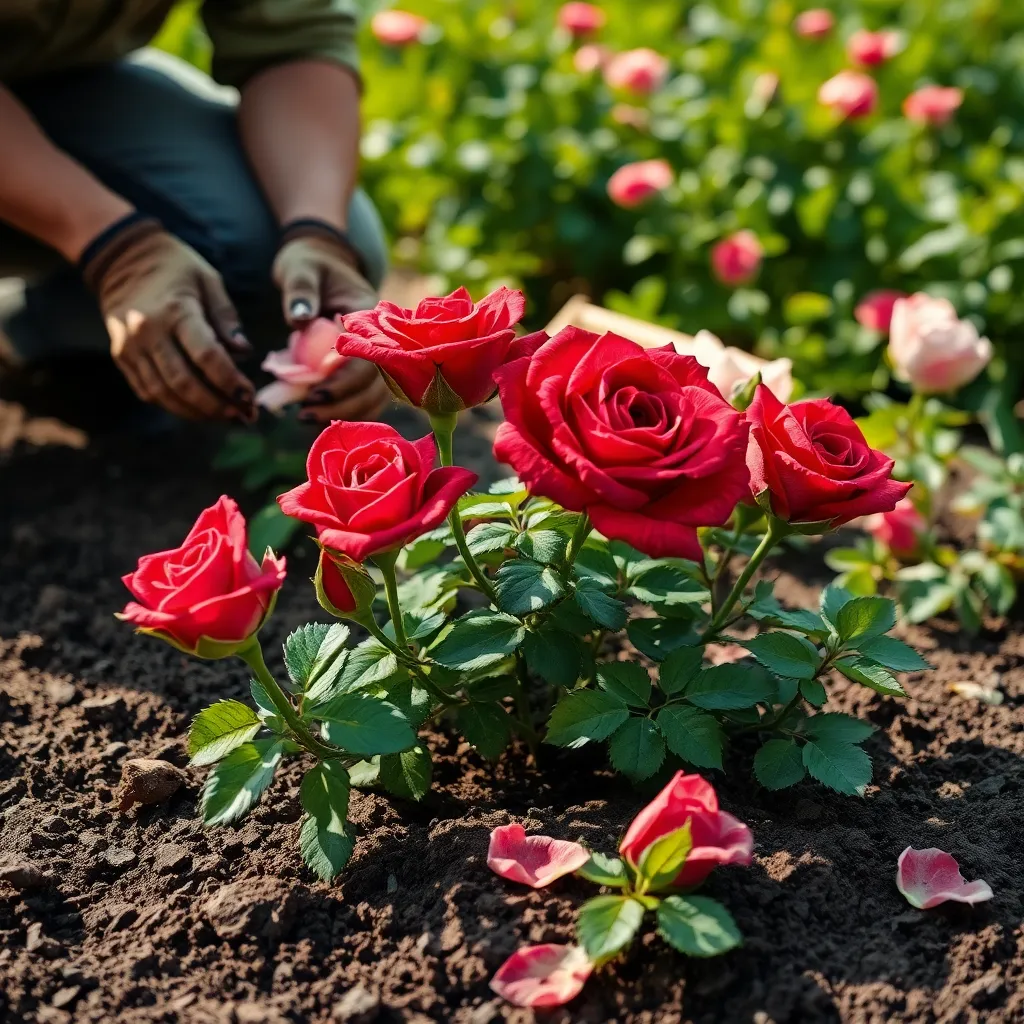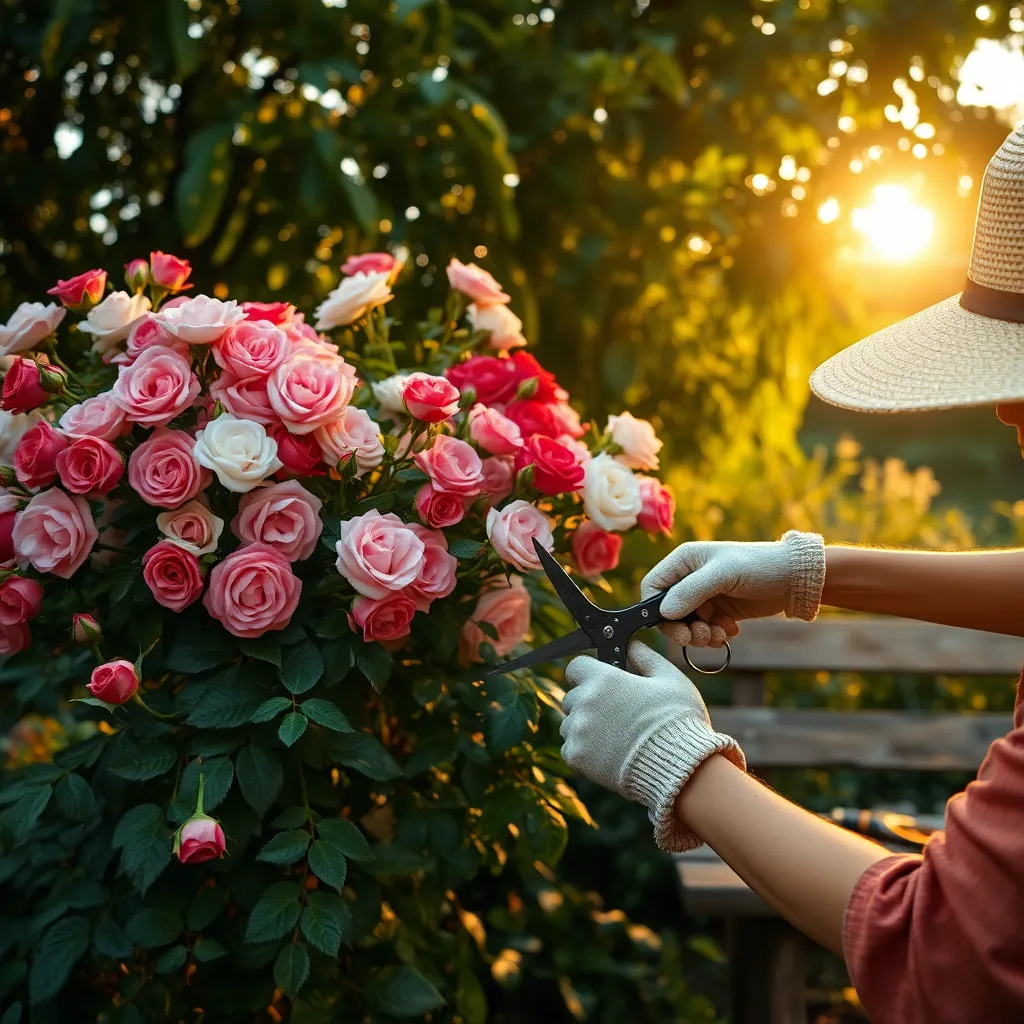Roses have long captured the hearts of gardeners and romantics alike, standing as timeless symbols of beauty and affection. Whether you’re just starting your gardening journey or have spent years nurturing plants, growing roses in your backyard can be a deeply rewarding experience. These enchanting blooms, with their myriad colors and fragrances, invite both novice and seasoned gardeners to explore the rich tapestry of rose cultivation. While roses are often perceived as finicky, with the right guidance, anyone can transform a patch of earth into a vibrant rose haven.
In this article, we’ll demystify the process of growing roses, making it approachable and enjoyable for all. You’ll discover how to select the best rose varieties for your climate, prepare your soil for optimal growth, and master the art of pruning for a lush, healthy garden. We will also delve into tried-and-true techniques for pest management and disease prevention, ensuring your roses thrive throughout the seasons. By the end of this guide, you’ll feel empowered to nurture your roses with confidence, transforming your backyard into a blooming sanctuary.
Select Ideal Rose Varieties

Choosing the right rose variety is crucial for success in your backyard garden. Consider your local climate and the specific growing conditions of your garden, such as sunlight exposure and soil type, before selecting a variety.
For beginners, hybrid teas and floribundas are excellent choices due to their hardiness and prolific blooming. These roses thrive in full sun and well-drained soil, making them easy to care for with regular watering and fertilizing.
Experienced gardeners might enjoy the challenge of growing old garden roses, which offer unique fragrances and historical charm. These varieties often require more attention, including regular pruning and pest management, to maintain their beauty.
When planting roses, ensure the soil is rich in organic matter to provide the necessary nutrients. A mix of compost and well-rotted manure can enhance soil fertility and drainage, promoting healthier root systems.
- Water roses deeply once a week to encourage deep root growth.
- Apply a layer of mulch around the base to retain moisture and suppress weeds.
- Prune in late winter to early spring to remove dead wood and shape the plants.
Prepare Well-Draining Soil

Creating well-draining soil is crucial for growing healthy roses, as it prevents waterlogging that can lead to root rot. To achieve this, focus on amending your garden soil with organic materials like compost or well-rotted manure, which improve drainage and add nutrients.
Begin by testing the soil in your backyard to determine its current drainage capabilities. If you find that water pools on the surface, consider incorporating coarse sand or perlite to enhance its texture and facilitate better water movement.
For those with clay-heavy soil, a more extensive amendment process may be required. Mixing in generous amounts of organic matter, such as peat moss or finely shredded bark, can significantly improve the soil structure over time.
It’s also beneficial to create a slightly raised bed for your roses, which naturally encourages better drainage. By elevating the root zone, you allow excess water to escape more efficiently, reducing the risk of diseases.
Plant Roses at Correct Depth

When planting roses, it’s crucial to set them at the correct depth for optimal growth. Begin by digging a hole that is wide and deep enough to accommodate the root ball while allowing room for growth, typically about 18 inches deep and wide.
Position the rose so that the graft union is just above the soil level in warmer climates, and 1 to 2 inches below in colder regions to protect it from frost. This positioning aids in establishing a strong root system and prevents the plant from becoming too leggy.
Backfill the hole with a mix of the original soil and well-rotted compost, ensuring that the roots are well covered and supported. As you fill, gently firm the soil to eliminate air pockets, which can lead to root rot.
After planting, water the rose thoroughly to help settle the soil around the roots and encourage new growth. Regular watering is essential, especially in the first few weeks, to ensure that the plant establishes well.
For an advanced tip, consider adding a slow-release fertilizer at the time of planting to give your roses a nutrient boost. This will support their initial growth and lead to a more robust plant.
Water Consistently and Thoroughly

Watering your roses consistently and thoroughly is vital for their health and blooming potential. Roses prefer a deep watering routine rather than frequent shallow watering, which encourages deep root growth and strengthens the plant.
To achieve the best results, aim to water your roses at the base, avoiding wetting the foliage to reduce the risk of fungal diseases. Generally, roses require about 1 to 2 inches of water per week, depending on your climate and soil conditions.
Using mulch around the base of your roses can help retain moisture and regulate soil temperature, reducing the frequency of watering. Organic mulches like wood chips or shredded leaves are excellent choices, as they also improve soil quality over time.
For more experienced gardeners, consider installing a drip irrigation system to deliver water directly to the roots efficiently. This system not only conserves water but also ensures your roses receive a consistent supply, which is crucial during dry spells.
Prune Regularly for Healthy Growth

Pruning your roses regularly is essential for maintaining their health and encouraging robust growth. Begin by removing any dead or damaged wood, as this prevents disease and allows the plant to focus its energy on producing vibrant blooms.
Next, consider the overall shape and size of your rose bush to ensure it remains balanced and aesthetically pleasing. It’s a good idea to cut back any branches that are crossing or growing inward, as these can lead to poor air circulation and potential fungal issues.
For beginner gardeners, using sharp, clean shears is crucial to make clean cuts that heal quickly, minimizing the risk of infection. Aim to prune just above an outward-facing bud, which encourages the new growth to develop in the desired direction.
Experienced gardeners might want to explore more advanced techniques like deadheading spent flowers to stimulate further blooming throughout the season. Additionally, reducing the height of your rose bushes before winter can help protect them from wind damage and promote a more vigorous spring growth.
Conclusion: Growing Success with These Plants
In nurturing a backyard of roses, we uncover essential relationship truths: patience as we tend to each bud, effective communication akin to understanding soil needs, adaptability in weathering seasonal changes, commitment mirrored in regular care, and the importance of setting boundaries, much like a garden fence. Each principle not only enriches our green spaces but also deepens our connections with loved ones.
As a next step, I encourage you to choose one aspect of your relationship—whether it’s improving communication or setting healthy boundaries—and dedicate some time this week to nurture it, just as you would tend to a delicate rose. This small, intentional act can blossom into a more profound connection.
Don’t let these valuable insights slip away—bookmark this article now for a treasure trove of relationship wisdom whenever you need guidance. Remember, just as a flourishing garden takes time and care, so does a thriving relationship. By cultivating these practices, you’re investing in a future of love and resilience. Here’s to blossoming relationships and the joy they bring!
